Overgrown with scandalous rumors, assumed occult practices and conspiracy theories, the Bohemian Grove has its controversies. This private campground for the rich is infamous not only for the influential and powerful men that attend, but for its heavy secrecy. In July, wealthy and powerful men congregate among the redwood trees in Monte Rio, California.
The mysterious members of the Bohemian Grove club gather for talks, entertainment and, according to a former guest, outrageous debauchery. “It’s honestly just a place where wealthy guys from San Francisco go to be drunk knuckleheads,” said the former guest. Guests and members can indulge themselves and “let loose” without surveillance or prying eyes.
Memberships include presidents, industrialists, authors, and actors. Despite the club’s official “no work” policy, influential members have forged political compromises within its secluded grounds. Among these discussions were debates over initiatives like the Manhattan Project. The elite all-male club guards its exclusivity with a decades-long waitlist, permitting entry only to those deemed worthy. However, the Grove’s lesser known origins are distant from being the infamous gathering spot for the powerful.
Bohemian Grove Origins

In 1872, the club began as a rustic escape for San Francisco artists, lawyers, and journalists. They would gather in the California redwoods to indulge in their shared love of the arts. Soon after, the club decided to expand their membership to include “money as well as brains.” By 1878, wealthy industrialists had reshaped the club, purchasing 2,700 acres of redwood forest in Monte Rio. They also uprooted the original bohemian members.
Figures like Mark Twain and Jack London were early honorary members, lending artistic credibility, but money bought over the arts. The Grove’s transformation from countercultural haven to elite playground was complete by the 1890s. With expensive membership fees, the Grove club now is founded on exclusivity, cementing its status.
Read More: Scientists Discover Secret Mountains 100 Times Taller Than Everest
Membership and Exclusivity

Joining the Bohemian Grove requires a $25,000 initiation fee, annual dues, and multiple endorsements from existing members. The 2,500-member roster includes U.S. presidents Reagan, Nixon, and Eisenhower, media titans Walter Cronkite, and corporate leaders like Nelson Rockefeller. Those wanting to join this “gentlemen’s club” face a 20 to 30 year waitlist, unless they are talented musicians.
The Manhattan Project Meeting
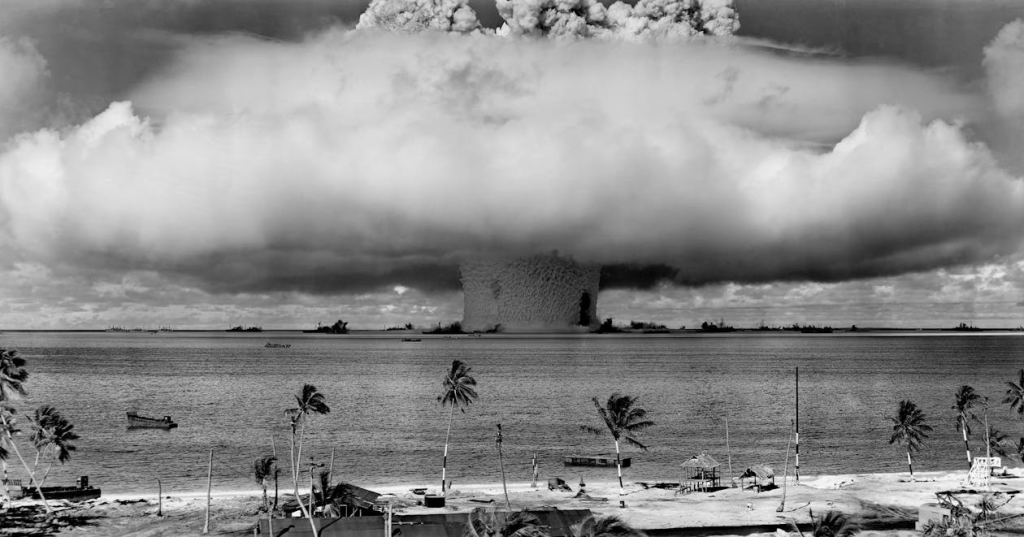
The Bohemian Grove club’s motto is “weaving spiders, come not here,” a quote from William Shakespeare’s A Midsummer Night’s Dream. This means work is prohibited while at the Grove. Despite its “no work” motto, there have been notable exceptions. One of these exceptions would lead to the creation of the atomic bomb, which would forever change the world.
In 1942, physicists J. Robert Oppenheimer and Ernest Lawrence met at the Grove with Ivy League presidents and military officials in secret to discuss atomic research. This meeting would be known as “Atoms for Peace.” Though not an official club event, this consequential meeting accelerated the Manhattan Project, leading to the creation of the atomic bomb.
Rituals and Traditions
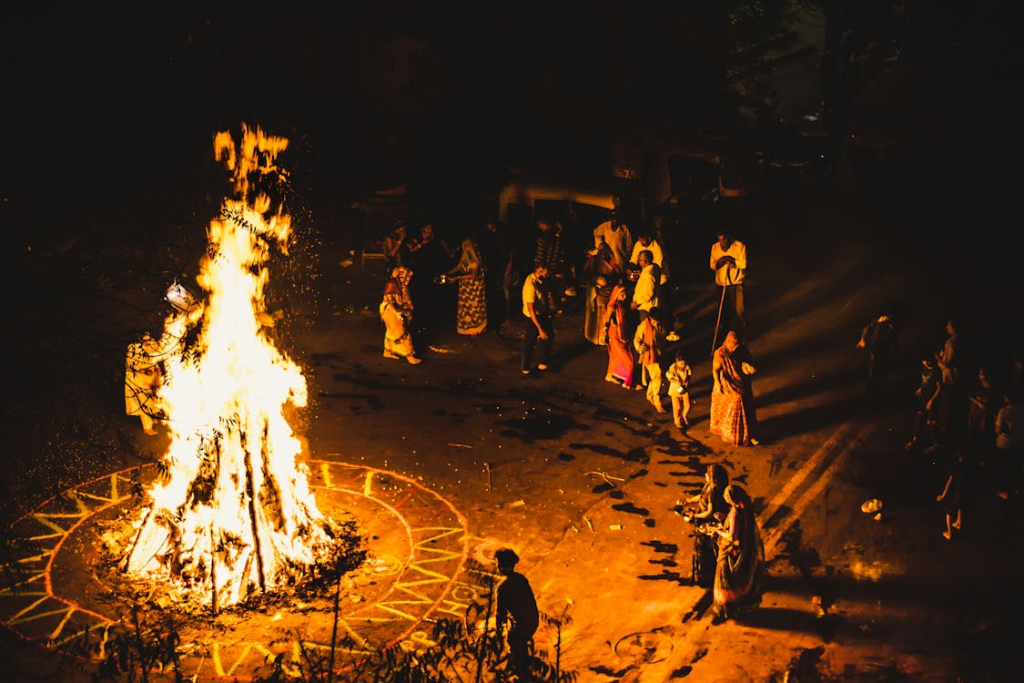
The Bohemian Grove’s most infamous tradition, the Cremation of Care, has been part of wild rumors and conspiracy theories. The Cremation of Care is a theatrical ritual where members burn a coffin effigy before a 40-foot concrete owl. Originating in 1881, the ceremony symbolizes celebrating nature and springtime, but conspiracy theorists allege more sinister intentions behind the ceremony. Other activities include Shakespearean plays, musical performances by popular musicians, and casual debauchery.
Read More: Secret Inscriptions from Egyptian Pharaoh Found on 3,300-Year-Old Obelisk in Paris
Political Intrigues and Deals
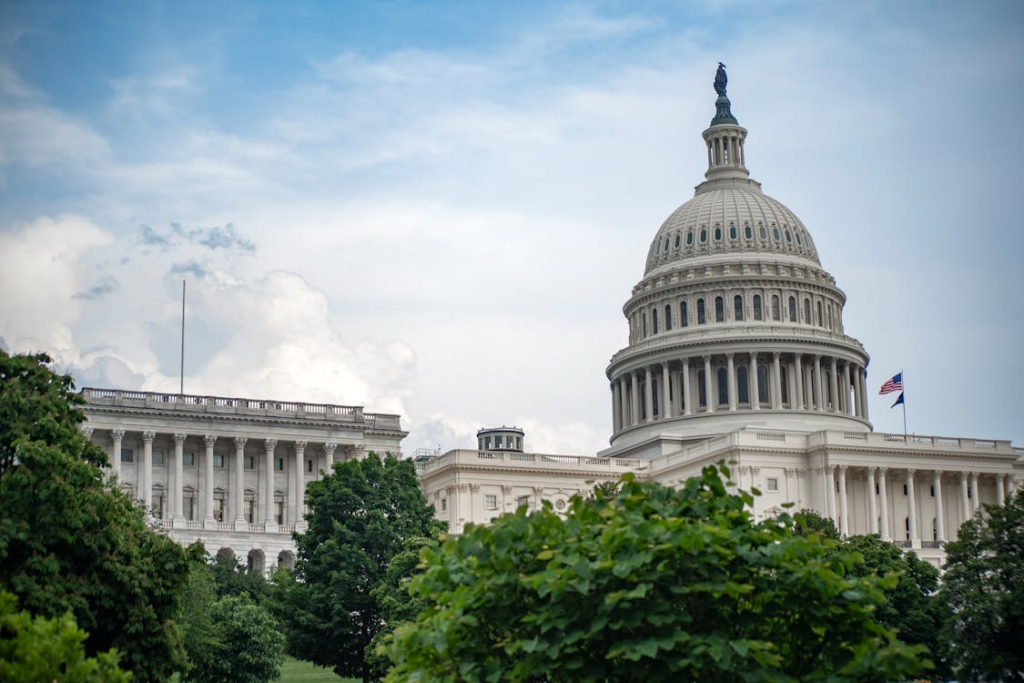
While the club discourages business talks, key political deals have emerged from its redwood enclave. In 1967, Richard Nixon solidified his presidential ambitions here, striking a pact with Ronald Reagan to avoid primary challenges. Dwight Eisenhower’s 1950 Grove speech reportedly launched his White House bid, earning a standing ovation from members. Such moments at the Grove blur the line between leisure and lobbying. This fuels skeptics’ and critics’ suspicions and perceptions of the Grove as a shadowy policymaking hub.
Conspiracy Theories Unveiled
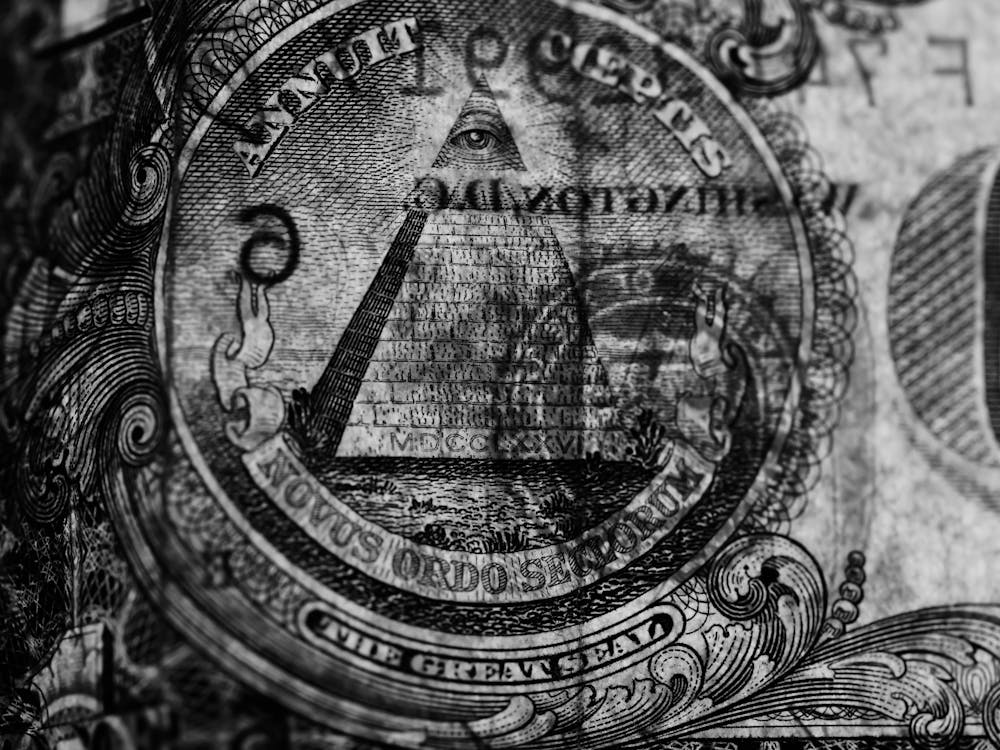
Bohemian Grove’s secrecy has spawned wild speculation. Alex Jones’ 2000 infiltration footage of the Cremation of Care fueled claims of occult sacrifices and Illuminati ties. Others believe the Grove orchestrates global media narratives or planned the 1945 United Nations Conference. Former members and researchers dismiss these theories, noting the club’s primary focus on networking and recreation. As one guest quipped, “The conspiracy stuff is just rich men peeing in bushes”.
Secrets exposed
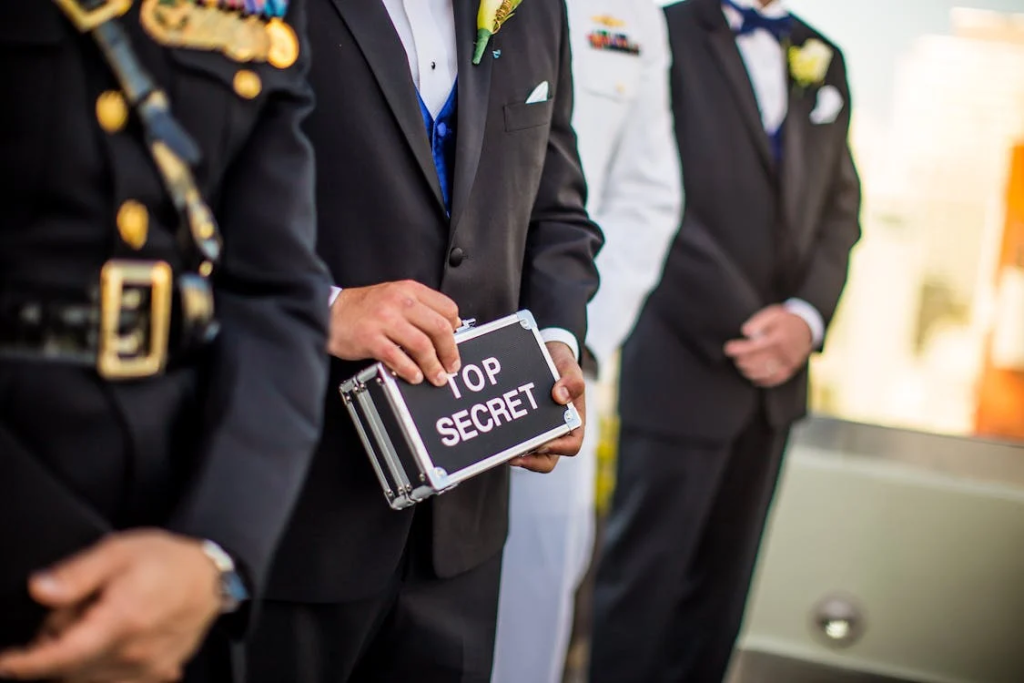
Throughout its active years, journalists have repeatedly breached the Grove’s security. In 1981, Mother Jones exposed its inner workings, while Spy magazine’s Philip Weiss was arrested after posing as a guest in 1989. Alex Jones’ hidden-camera stunt brought global attention, though club spokesmen dismissed his “Satanic” interpretations as unfounded. These breaches did not yield the intended results. Instead they documented “frat-style” debaucherous behaviour and some bizarre footage.
Legacy and Modern Relevance
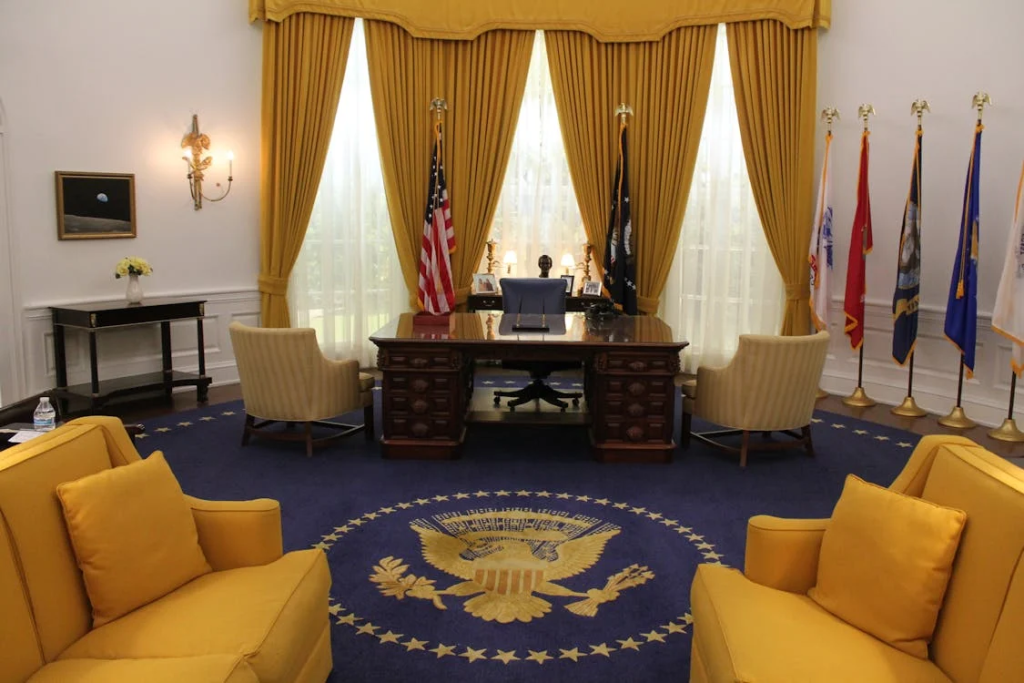
Bohemian Grove’s secrecy fuels scandals and conspiracy theories, yet its elite members have shaped pivotal political decisions like the Manhattan Project. Born as a rustic retreat, the club now guards its exclusivity with a decades-long waitlist, accessible only to global powerbrokers. As secrecy and mystery still shroud the Bohemian Grove, it continues to fuel fascination with many people.
Read More: Ex-White House Insider Alleges Trillions Funded Secret Underground U.S. ‘City’

